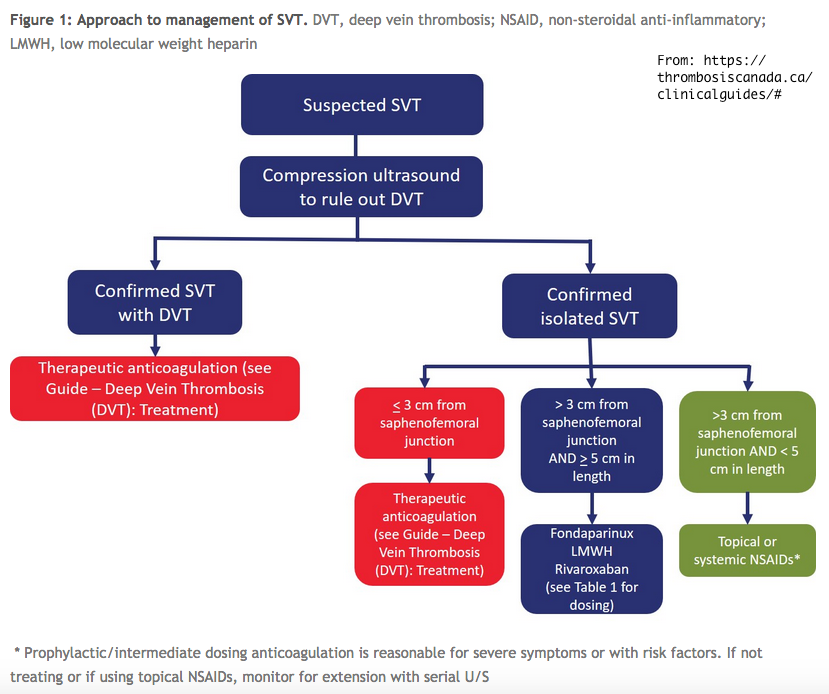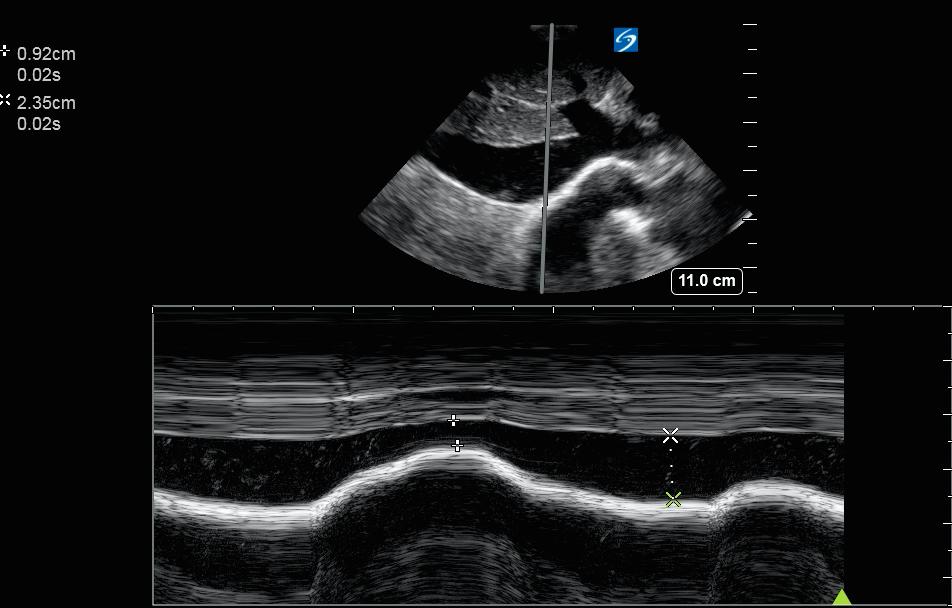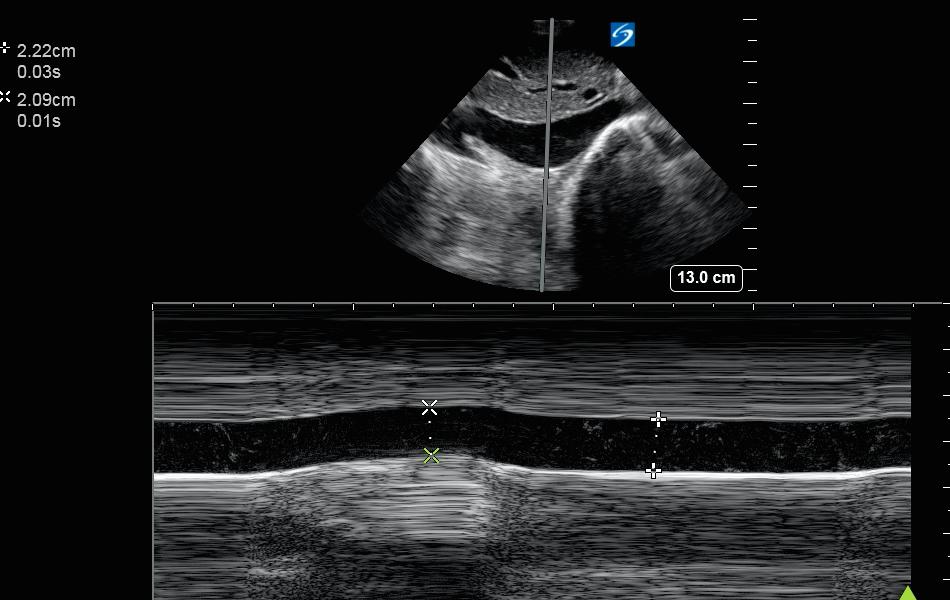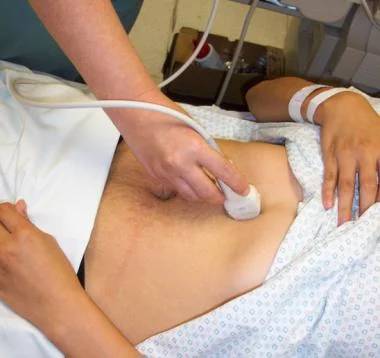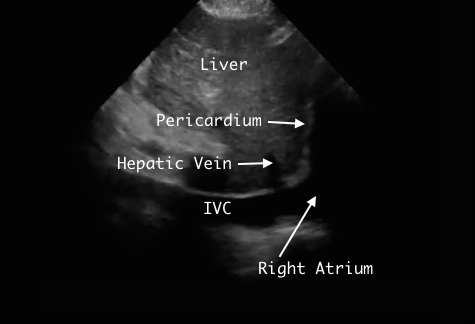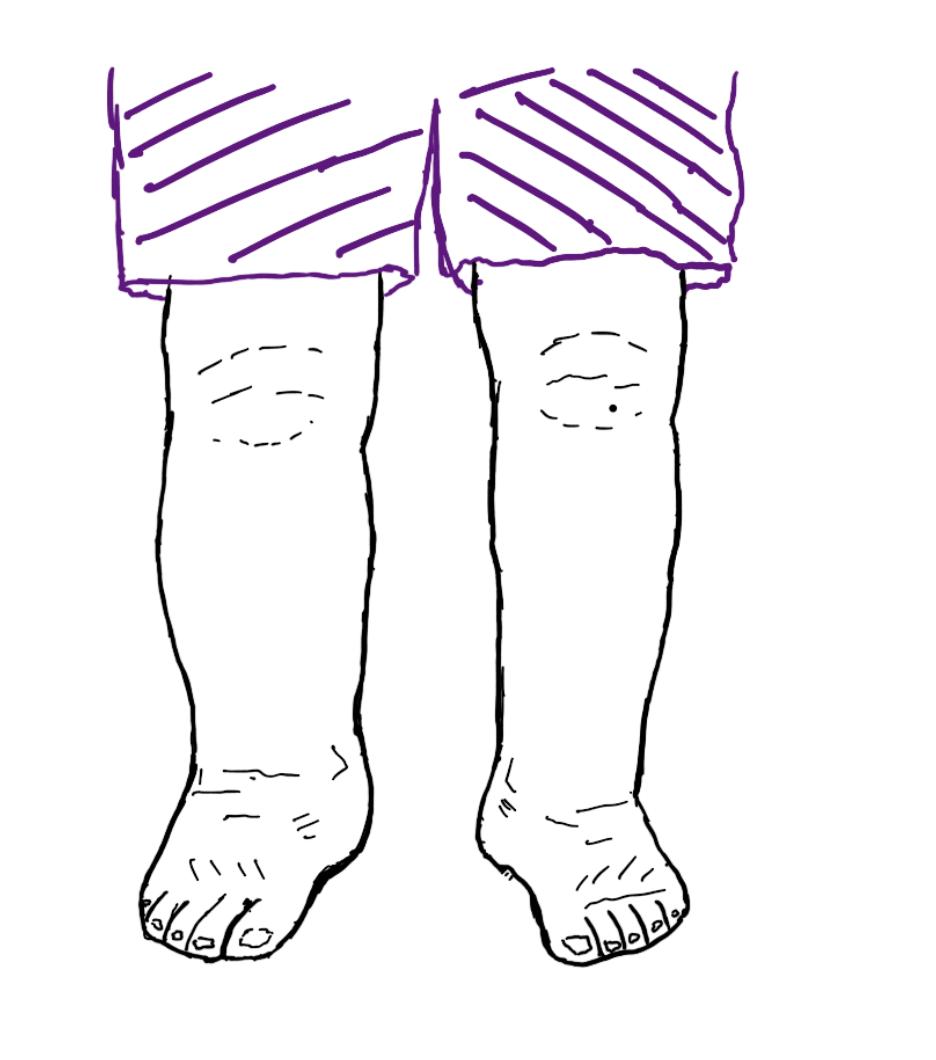Here is a #Tweetorial on #POCUS for Lower Extremity DVT assessment. Let’s walk through a case and discuss common questions that arise.
50s f no PMH presenting to the ED on a Friday evening with right leg swelling and redness...
1/
No travel, surgeries, immobilization. No dyspnea, CP. No meds. No FH of VTE. no tobacco.
HR 88 SpO2 98% RA BP 160/90 T 37.
Exam unremarkable other than 2+ LE edema erythema and tenderness from right ankle to knee.
CBC/BMP/coags normal
2/
It is Saturday. Formal vascular study (FVS) is not available until Monday. D-dimer is considered. Would you check D-dimer in this case? (poll)
3/
In the absence of POCUS, what would you recommend (poll)?
5/
POCUS DVT study uses proximal compression US (CUS) (and possibly other adjuncts) by the treating clinician. As w all POCUS, heterogeneity in operating characteristics depending on:
-Protocol
-Operator
-QA system
etc.
8/
Which POCUS DVT study protocol do you normally use/recommend? (poll)
2 Point Compression Ultrasound (2PCUS)
3 Point compression Ultrasound (3PCUS)
Extended Compression Ultrasound (ECUS)
Other
9/
-Great illustrations/data from @thepocusatlas and @ultrasoundgel
-The (dare-I-say?) landmark #IMPOCUS study #HOCUSPOCUS on hospitalist DVT POCUS, which warrants a journal club of its own
10/
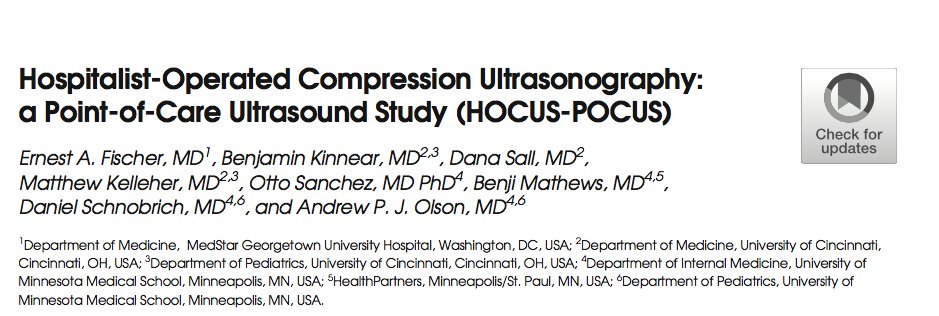

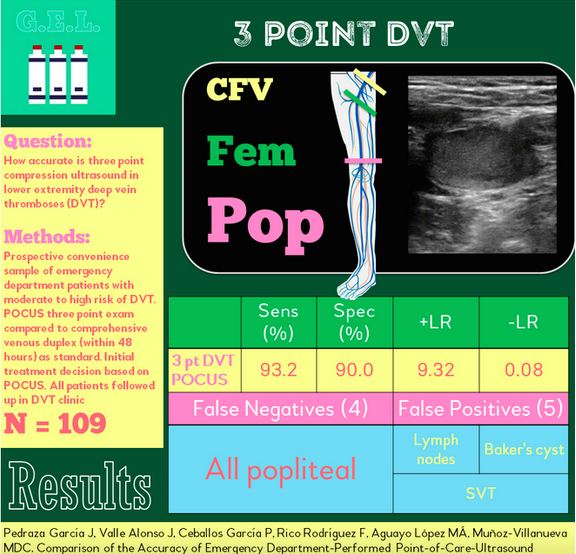
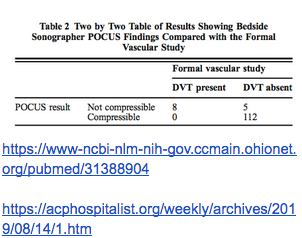
Emphasizes importance of saving POCUS images (and report) for documentation/ verification.
13/
Image acquisition tips
1) Compress --> clip --> release (rather than clip --> compress --> release). This helps keep vessels centered throughout clip.
2) Avoid using color flow during compression - probe movement will cause color to obscure visualization.
First: L CFV at saphenofemoral junction (SFJ)
15/
16/
17/
18/
19/
20/
21/
22/
23/
24/
25/
26/
Evidence of DVT seen in the right leg from popliteal to common femoral vein
Indeterminate exam of left leg (cannot exclude popliteal vein thrombus)
27/
28/
OR finding a DVT on POCUS, but not acting on it, with subsequent propagation to PE.
29/
(No clear answer. Would argue yes, to evaluate extent of disease, same as FVS, but keep it to a minimum)
30/
-before DVT POCUS, have a plan for possible outcomes
-Sens/spec varies, can be very good in some studies
-Extended CUS is probably most sensitive
-Compress, then clip
-False positives (LNs, baker, superficial, incomplete compression)
-Saving images is important
31/
and check out 5 minute sono: 5minsono.com/dvt1/ for the top-notch description of the technique
We limited the scope of this thread to compression only, and there is evidence for that strategy, but there is more than just that!
